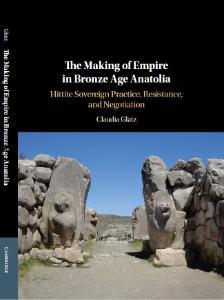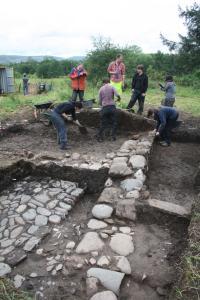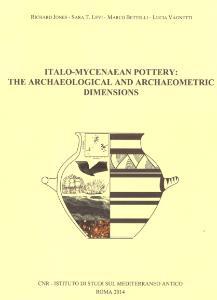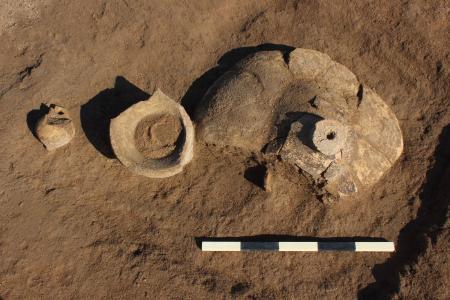Archaeology REF showcase

The REF2021 results have now been released and the performance by archaeology was outstanding. 96.8% of our research outputs and 100% of our impact case-studies were judged to be ‘world-leading’ or ‘internationally excellent’. This is the direct result of an ambitious research strategy that we have enacted since the last REF with fantastic support from the School of Humanities and the College of Arts. This success has been built on teamwork across all of our community, not just research academics but also learning and teaching staff, technicians, our admin team, post-doctoral researchers, postgraduate research students and affiliate and Honorary staff. All of our research staff contributed at least one publication to the outstanding output rating we received but this would not have been possible without the support network around them. It should be noted that all of this was achieved while continuing our reputation for teaching excellence with some 400 students studying with us each year.
A fundamental aspect of our ethos is our commitment to collaborative, collegiate research and this is reflected in research projects that formed an important element of our REF submission. The Strathearn Environs and Royal Forteviot (SERF) Project was a major research project across the REF review period and monographs, papers and an impact case-study were derived from this work. Crucially, work towards all of these was done in collaboration with our drawing and lab technicians, PhD students, post-doctoral researchers, and learning and teaching colleagues; at least six staff members were main authors on SERF publications. This thriving collegiate culture is also highlighted by research in the Near East, with multiple publications, major grant capture, and impactful activities focused in Kurdistan and Mesopotamia, again with multiple staff leading internationally renowned work in these areas working together as a close team, notably with a cluster of early career researchers. Other major research and impact outputs have been generated from field and thematic projects in Italy, Cyprus, Ireland, Scotland and England, with a particular emphasis on the prehistoric and historic archaeologies of landscape and environments, material culture, digital and computational archaeology. These are underpinned by a commitment to ‘engaged archaeology’ that strives to extend archaeological practice beyond its traditional disciplinary and social boundaries reflected in our extremely strong REF2021 ratings for research impact.
This showcase will be added to in the coming weeks and months after REF results day so please revisit from time to time to find out more!
The Making of Empire in Bronze Age Anatolia
The Making of Empire in Bronze Age Anatolia: Hittite Sovereign Practice, Resistance, and Negotiation
Author: Professor Claudia Glatz
The SERF Project
The Strathearn and Environs and Royal Forteviot (SERF) project is a major long-term fieldwork project run by multiple staff at the University of Glasgow and largely funded by Historic Environment Scotland (HES). Publications and an impact case-study based on SERF contributed to the outstanding results that the archaeology subject area at University of Glasgow got in REF2021.
Decorated Mycenaean pottery in Italy
Decorated Mycenaean pottery, dating to the second half of the second millennium BC, is well known outside its homeland, not least for its occurrence in the East: Cyprus, the Levant and Egypt. By contrast, finds of this pottery were much less frequent in the West until the 1980s when the situation changed dramatically: pottery of Mycenaean type was found, sometimes in relatively large quantities, at excavations particularly in the south of Italy as well as further north and on Sardinia. There are now over a hundred findspots of this pottery across Italy.
Decorated Mycenaean pottery in Italy
Despite the ubiquity of pots recovered from Mesopotamian archaeological sites, references to pots in ancient cuneiform texts are rare. Even when these sources of evidence do co-occur, traditional academic boundaries have seen them studied separately: philologists deal with texts, and archaeologists deal with objects. Daniel Calderbank's article develops an innovative method to analyse second-millennium BCE texts in combination with pottery vessels from the Sealand-period site of Tell Khaiber in southern Iraq (ca. 1600–1475 BCE). The results demonstrate the many uses of Mesopotamian pots, and allow us to recognise the complex ways in which vessel names and material objects operated contingently in the social reproduction of an ancient craft tradition.





